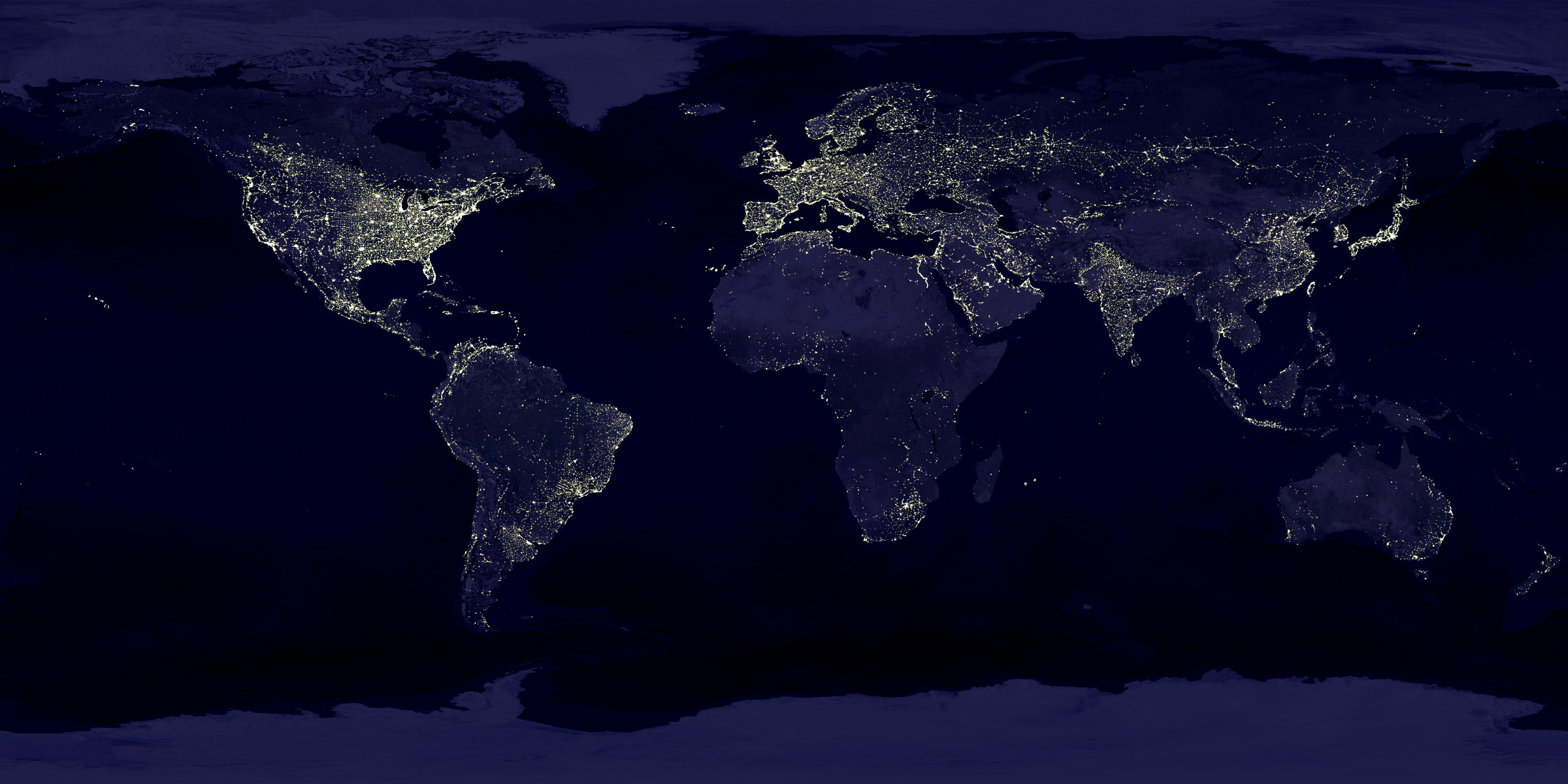Economists’ models of inflation are letting them down
ONE OF THE economic models named after William Phillips is physical. The Phillips hydraulic computer uses flows of water to simulate flows of money in the economy; its success helped earn Phillips a job at the London School of Economics in 1950. Today economists can bring the full power of modern computing to their calculations. But they still depend utterly on another Phillips eponym: the curve tracing the relationship between inflation and unemployment (see chart). It comes in various flavours, but the basics underpin central banking. If unemployment falls too low, inflation will rise; too high, and it will fall.
Over the past decade the “Phillips curve” has failed at both ends. First came the so-called “missing deflation”. The financial crisis sent rich-world unemployment soaring to 8.5% by the start of 2010. Both theory and experience suggested that this should have caused a prolonged slump in inflation. But it did not. The IMF wrote of “the dog that didn’t bark”; some economists argued that unemployment had become structurally higher (meaning it would not affect prices). It was only once oil prices collapsed in late 2014 that the rich world faced serious disinflationary pressure, with the euro zone falling temporarily into deflation in 2015 and 2016.
By then, however, labour markets...























